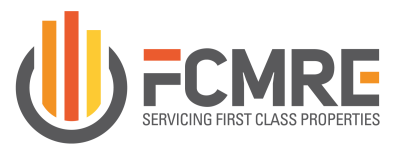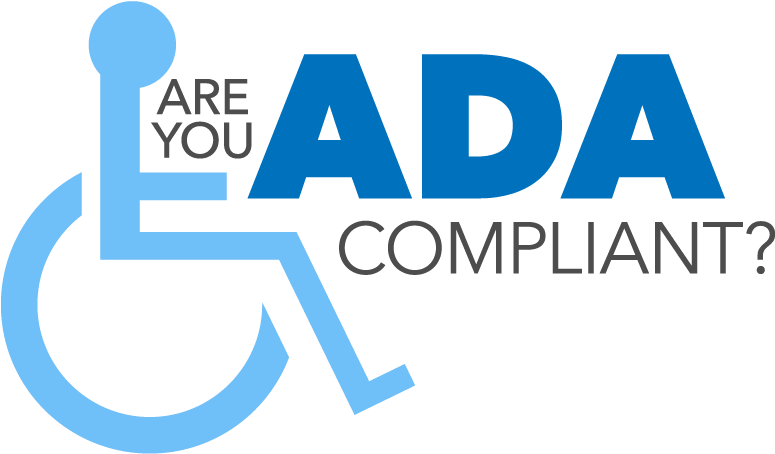Ensuring your New York City building is compliant with the Americans with Disabilities Act (ADA) isn’t just about legal obligations—it’s about accessibility, inclusivity, and reducing liability. For property owners in New York City, ADA compliance plays a vital role in tenant satisfaction, risk management, and long-term property value. With NYC’s mix of historic and modern buildings, understanding ADA requirements is essential for staying compliant and competitive in today’s real estate market.
What Is ADA Compliance?
The ADA, passed in 1990, mandates that public accommodations, commercial facilities, and certain multi-family housing units be accessible to individuals with disabilities. This includes everything from accessible entrances and elevators to signage, restrooms, and parking. In NYC, ADA requirements are enforced alongside local codes like the NYC Building Code and the New York State Human Rights Law, which often go beyond federal mandates.
Who Needs to Comply?
Virtually all NYC commercial property owners, and many residential landlords, must ensure ADA compliance. If your building is open to the public—think retail spaces, office buildings, or medical centers—ADA compliance is not optional. Even landlords with multifamily units may need to meet accessibility standards in common areas and in any federally assisted housing.
Importantly, buildings constructed after 1993 must meet stricter ADA standards, while older buildings are required to make “readily achievable” accessibility improvements, meaning those that can be carried out without excessive difficulty or expense.
Key Areas to Evaluate
To determine if your building is ADA compliant, consider the following:
- Entrances and Exits: Are there step-free entryways or ramps? Doors should be wide enough (at least 32 inches clear width) and easy to open.
- Elevators and Hallways: These must accommodate wheelchairs and include accessible controls and signage.
- Restrooms: Public restrooms must have grab bars, accessible stalls, sinks at appropriate heights, and enough clearance for wheelchair turning.
- Parking: Designated accessible parking spaces are required, with clear signage and proper dimensions.
- Signage and Pathways: Signs should include Braille and tactile characters. Routes must be obstacle-free and at least 36 inches wide.
The Risk of Non-Compliance
Failing to comply with ADA standards can result in lawsuits, fines, and costly retrofits. Under federal law, individuals can file lawsuits without first notifying the property owner, and legal fees often exceed the cost of remediation. NYC is particularly active in ADA enforcement, so ignoring these standards puts your investment at risk.
Steps to Achieve Compliance
- Conduct an Accessibility Audit: Hire a licensed ADA consultant or architect familiar with both federal and NYC-specific laws.
- Prioritize Remediations: Focus on the most accessible and cost-effective improvements first.
- Stay Informed on Regulations: ADA and NYC building codes evolve. Stay updated to remain compliant.
- Incorporate Accessibility in Renovations: Always factor ADA compliance into capital improvement and renovation plans.
Final Thoughts
ADA compliance is more than a checkbox—it’s a smart investment in your property’s future. With an aging population and growing awareness of disability rights, accessible buildings are becoming the new standard. NYC property owners who take a proactive approach not only protect themselves legally but also create more inclusive, welcoming environments for everyone.
If you’re unsure about your building’s ADA status, now is the time to act. A professional assessment today can save you from major issues tomorrow.

